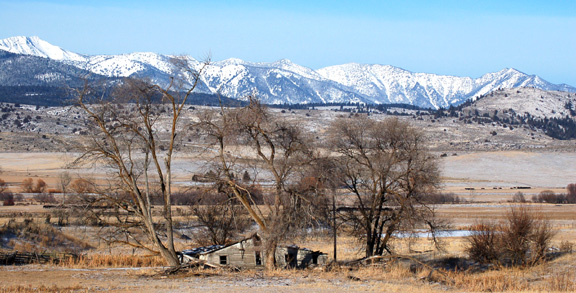Thursday, April 8, 2010
The Banks: "Too Big To Fail" Must Become "Small Enough To Fail."
In the following article, Simon Johnson explains why "Too Big To Fail" must become "Small Enough To Fail."
The Baseline Scenario
What happened to the global economy and what we can do about it
What Would Really End “Too Big To Fail”?
with 47 comments
By Simon Johnson, co-author of 13 Bankers: The Wall Street Takeover and The Next Financial Meltdown
As we move closer to a Senate – and presumably national – debate on financial reform, the central technical and political question is: What would prevent any bank or similar institution from being regarded – ultimately by the government – as so big that it would not be allowed to fail. If you are “too big to fail” (TBTF), credit markets see you as lower risk and as more attractive investment – enabling you to obtain more funding on cheaper terms, and thus become even larger.
Everyone agrees, in principle, this is a bad arrangement. It’s an unfair distortion of markets – giving huge banks the opportunity to grow bigger, because they have implicit government guarantees. It is also manifestly unsafe, because it encourages reckless risk-taking: If things go well, the TBTF bank gets the upside; if there is mismanagement of risk, or just bad luck, the downside falls to the taxpayer and to society more broadly. These costs can be huge: 8 million jobs lost since December 2007.
But there remains sharp disagreement on what exactly would end too big to fail. The main views fall primarily into three camps.
. . . .
Make our largest banks small enough to fail. There is simply no other way to really end the problem of Too Big To Fail.
See What Would Really End “Too Big To Fail”? for full article, including Johnson's lucid arguments and associated links.
The Baseline Scenario
What happened to the global economy and what we can do about it
What Would Really End “Too Big To Fail”?
with 47 comments
By Simon Johnson, co-author of 13 Bankers: The Wall Street Takeover and The Next Financial Meltdown
As we move closer to a Senate – and presumably national – debate on financial reform, the central technical and political question is: What would prevent any bank or similar institution from being regarded – ultimately by the government – as so big that it would not be allowed to fail. If you are “too big to fail” (TBTF), credit markets see you as lower risk and as more attractive investment – enabling you to obtain more funding on cheaper terms, and thus become even larger.
Everyone agrees, in principle, this is a bad arrangement. It’s an unfair distortion of markets – giving huge banks the opportunity to grow bigger, because they have implicit government guarantees. It is also manifestly unsafe, because it encourages reckless risk-taking: If things go well, the TBTF bank gets the upside; if there is mismanagement of risk, or just bad luck, the downside falls to the taxpayer and to society more broadly. These costs can be huge: 8 million jobs lost since December 2007.
But there remains sharp disagreement on what exactly would end too big to fail. The main views fall primarily into three camps.
. . . .
Make our largest banks small enough to fail. There is simply no other way to really end the problem of Too Big To Fail.
See What Would Really End “Too Big To Fail”? for full article, including Johnson's lucid arguments and associated links.











